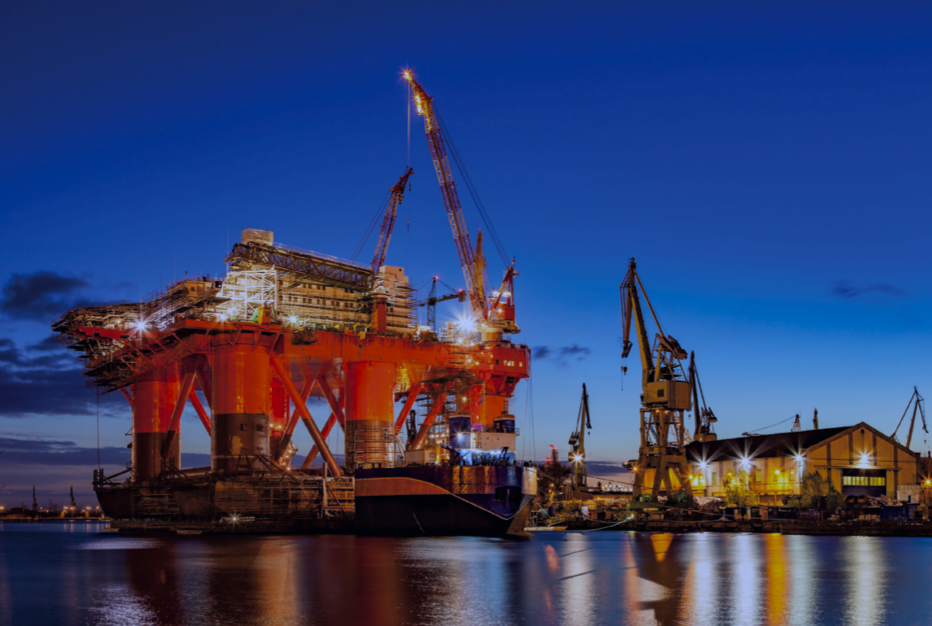IOGP Establishes Processes for Comparative Assessments

Decommissioning workshop on comparative assessment processes: IOGP
“In September 2022, the IOGP (International Organization of Oil & Gas Producers) Decommissioning Committee held a workshop on CA (comparative assessment) to discuss the perception of bias, agree upon guiding principles for a genuine CA, and explore developments and good practices in the five common criteria of comparative assessments.”
This document presents a high-level summary and interpretation of what was discussed.”
The comparative assessment report from the workshop states:
“CAs (comparative assessments) are a multi-criteria decision analysis (MCDA) process commonly used in the decommissioning industry and across multiple industries . . . While other MCDA processes can be used, CAs are derived from the comparative risk assessment guidance of International Maritime Organization’s London Convention for considering disposal at sea for a platform or other man-made structure. CAs are used in many places globally (Brazil, UK, Indonesia, Israel, Brunei, Malaysia, and other countries) to assess and compare options to determine the proposed end-state of an asset. It is an objective, decision-enabling process used to rank options and is scalable. Comparative assessments range from being simple and qualitative to being more complex and quantitative.”
The IOGP statement further states, “The frame for our discussions was steel piled jackets (SPJ) and pipelines. This was to ensure that the participants’ approaches and conceptualizations were similar. CAs are valid for other asset types and the guiding principles developed are equally applicable to these other asset types.
“CAs (comparative assessments) are an appropriate process to compare the characteristics of each option. IOGP promotes their use globally in the assessment of decommissioning end-state options. To guide the execution of CA for decommissioning, IOGP promotes good CA principles (see Table 1) and will use this to explore common grounds with stakeholders. IOGP and other organizations, such as OEUK, Ipieca, INSITE have a library of resources to assist Members with their data input to their CAs. The overall conclusion is that we need to strive for balanced decisions considering cost, risks, and value/benefits.”
Included in the report is this acknowledgement: “The Convention also states that a permit for disposal at sea for a platform or other man-made structures shall be refused if the permitting authority determines that appropriate opportunities exist to reuse, recycle, or dispose of the platform/man-made structure on land without undue risks to human health or the environment, or disproportionate costs.3 In accordance with the London Convention, ‘dumping’ is “the deliberate disposal at sea of wastes or other matter from vessels, aircraft, and platforms. It does not cover . . . placement of materials for purposes other than mere disposal, providing such disposal is not contrary to aims of the Convention.”
The content and image source for this post, along with the copyright, is credited to IOGP in whole and in full.
Complete blog post source content, image, and copyright belong to IOGP and are used here on the TapRooT® blog to inform our readers of the “IOGP Decommissioning Workshop on comparative assessment processes.”
Copyright notice and statement of IOGP
“The contents of these pages are © International Association of Oil & Gas Producers. Permission is given to reproduce this report in whole or in part provided (i) that the copyright of IOGP and (ii) the sources are acknowledged. All other rights are reserved. Any other use requires the prior written permission of IOGP.
“These Terms and Conditions shall be governed by and construed in accordance with the laws of England and Wales. Disputes arising here from shall be exclusively subject to the jurisdiction of the courts of England and Wales.”
The Equifactor® Equipment Troubleshooting investigation process saves you time, steps, money, and frustration, and allows you to resolve the issue(s) with finality.
Contact us at info@TapRooT.com for information or visit our website to learn more and register for an Equifactor® course.
It is estimated that about 90% of equipment failures have a human error root cause. Ken gives us a great example in this TapRooT® TV. Also, follow up by reading Mark Paradies’ article about equipment failure and root cause analysis.
Sharpen your equipment troubleshooting skills.
Learn about Equifactor® Troubleshooting. Register your team for an Equifactor® course today — or contact us to discuss training your employees on-site. You may also call 865.539.2139 about having a course at your site or for further root cause analysis training opportunities. We’re here to find solutions for you.



